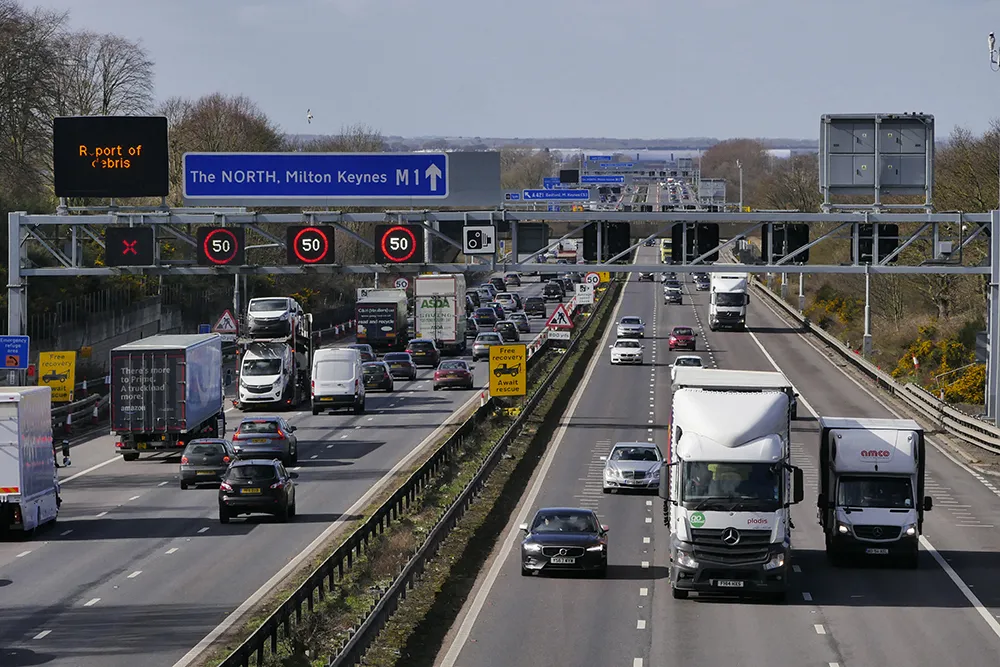An Australian House of Representatives’ report, Smart ICT Report on the inquiry into the role of smart ICT in the design and planning of infrastructure, recommends a more coordinated and integrated approach to the development and application of smart ICT to infrastructure. It proposes the formation of a Smart Infrastructure Task Force, based on the UK model, to provide national coordination between governments, industry and researchers.
Committee Chair, John Alexander MP, said the report on the role of s
March 17, 2016
Read time: 2 mins
An Australian House of Representatives’ report, Smart ICT Report on the inquiry into the role of smart ICT in the design and planning of infrastructure, recommends a more coordinated and integrated approach to the development and application of smart ICT to infrastructure. It proposes the formation of a Smart Infrastructure Task Force, based on the UK model, to provide national coordination between governments, industry and researchers.
Committee Chair, John Alexander MP, said the report on the role of smart ICT in the design and planning of infrastructure revealed smart ICT has the capacity to transform the design, construction and management of infrastructure assets, the management and use of existing assets, and the operation of transport, communications, energy and utility systems.
“These technologies are transformational with the capacity to dramatically increase the productivity of the Australian economy,” Mr Alexander said.
“In order to achieve this, however, governments and industry must be aware of the potential of smart ICT, and must invest in the technologies, skills and systems to make the transformation a reality.”
Committee Chair, John Alexander MP, said the report on the role of smart ICT in the design and planning of infrastructure revealed smart ICT has the capacity to transform the design, construction and management of infrastructure assets, the management and use of existing assets, and the operation of transport, communications, energy and utility systems.
“These technologies are transformational with the capacity to dramatically increase the productivity of the Australian economy,” Mr Alexander said.
“In order to achieve this, however, governments and industry must be aware of the potential of smart ICT, and must invest in the technologies, skills and systems to make the transformation a reality.”








